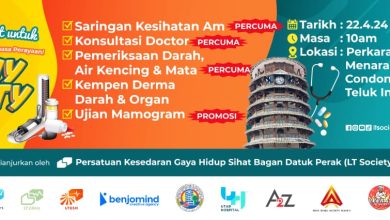

Digestive Health
By Dr Saravana K.
Typhoid fever is caused by Salmonella typhi bacteria. It is spread through contaminated food or water and, occasionally, through direct contact with someone who is infected. This means that S. typhi is passed in the feces and sometimes in the urine of infected people. You can contract typhoid if you eat food handled by someone with the disease who hasn’t washed carefully after using the toilet. You can also become infected by drinking water contaminated with the bacteria.
Most people with typhoid fever feel better within a few days of starting antibiotic treatment, although a small number of them may die of complications. Signs and symptoms are likely to develop gradually, one to three weeks after exposure to the disease.
Early illness:-
Fever that starts low and increases daily, possibly reaching as high as 40.5 C, headache; weakness and fatigue; muscle aches; sweating; dry cough; loss of appetite and weight loss; abdominal pain; diarrhea or constipation; rash; extremely swollen abdomen.
If you don’t receive treatment, you may:
Become delirious. Life-threatening complications often develop at this time.
The most serious complications of typhoid fever – intestinal bleeding or perforations in the intestine – may develop in the third week of illness. A perforated intestine occurs when your small intestine or large bowel develops a hole, causing intestinal contents to leak into your abdominal cavity and triggering signs and symptoms, such as severe abdominal pain, nausea, vomiting and bloodstream infection (sepsis). This life-threatening complication requires immediate medical care.
Other possible complications include:-
Inflammation of the heart muscle, lining of the heart and valves, Pneumonia, Inflammation of the pancreas, Kidney or bladder infections, Infection and inflammation of the membranes and fluid surrounding your brain and spinal cord, Delirium, hallucinations and paranoid psychosis.
Without treatment, some people may not survive complications of the disease.
Typhoid carriers
Even after treatment with antibiotics, a small number of people who recover from typhoid fever continue to harbour the bacteria in their intestinal tracts or gallbladders, often for years. These people, called chronic carriers, shed the bacteria in their feces and are capable of infecting others, although they no longer have signs or symptoms of the disease themselves.
The diagnosis is usually confirmed by identifying S. typhi in a culture of your blood or other body fluid or tissue.
Antibiotic therapy is the only effective treatment for typhoid fever.
- Ceftriaxone (Rocephin). This injectable antibiotic is an alternative for people who may not be candidates for ciprofloxacin, such as children.These drugs can cause side effects, and long-term use can lead to the development of antibiotic-resistant strains of bacteria.
- Drinking fluids. This helps prevent the dehydration that results from a prolonged fever and diarrhea. If you’re severely dehydrated, you may need to receive fluids through a vein (intravenously).
- Surgery. If your intestines become perforated, you’ll need surgery to repair the hole.
Prevention
Two vaccines are available.
- One is injected in a single dose at least one week before travel.
- One is given orally in four capsules, with one capsule to be taken every other day.
Neither vaccine is 100 per cent effective. Both require repeat immunizations, as vaccine effectiveness diminishes over time.
Because the vaccine won’t provide complete protection, follow these guidelines when traveling to high-risk areas:
Wash your hands; avoid drinking untreated water; avoid raw fruits and vegetables; choose hot foods.


